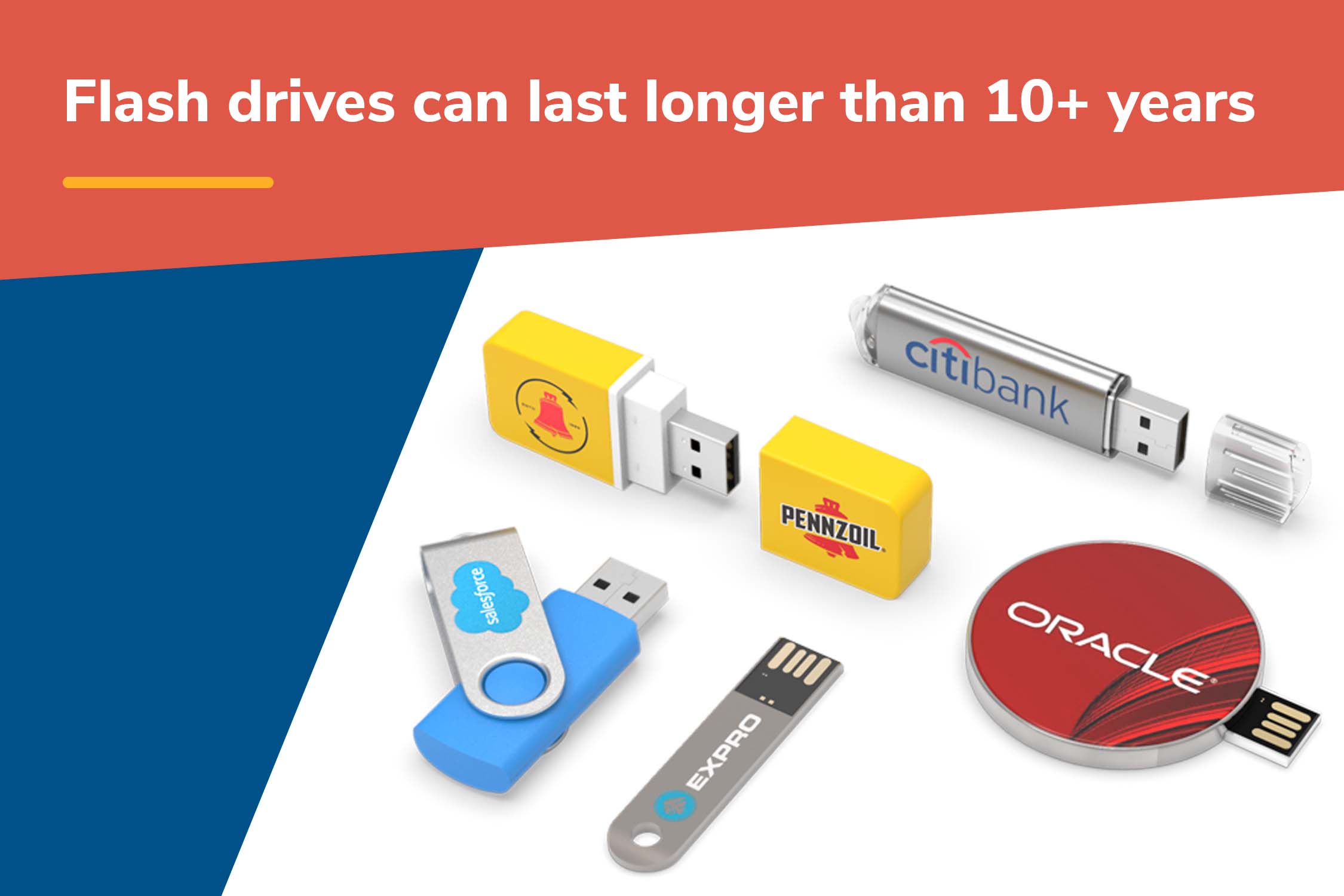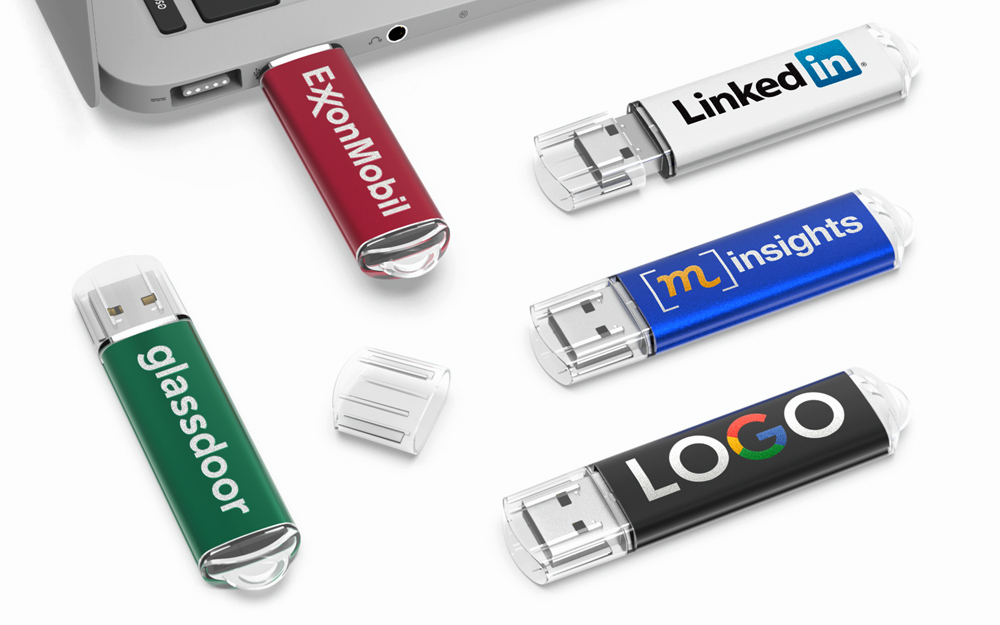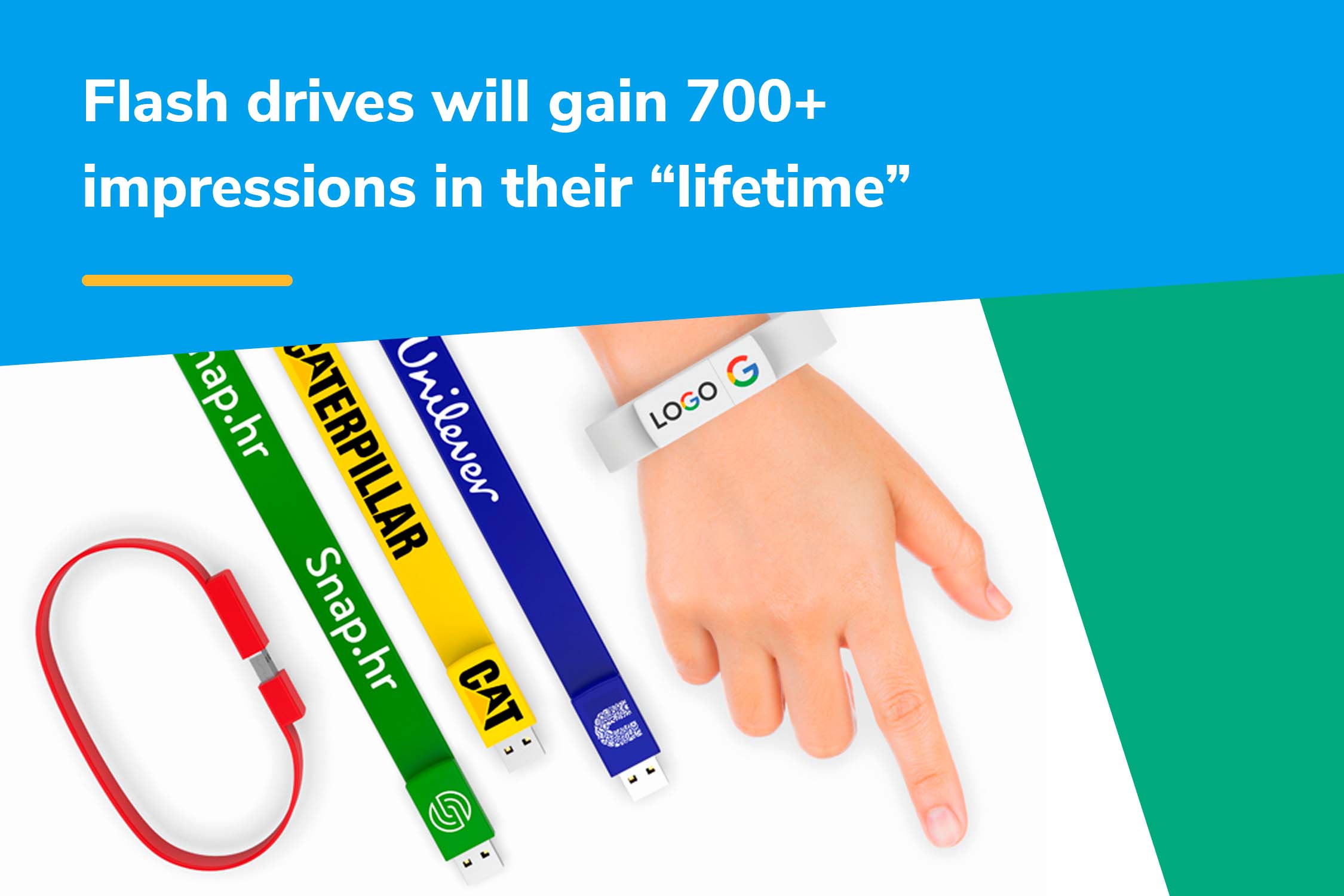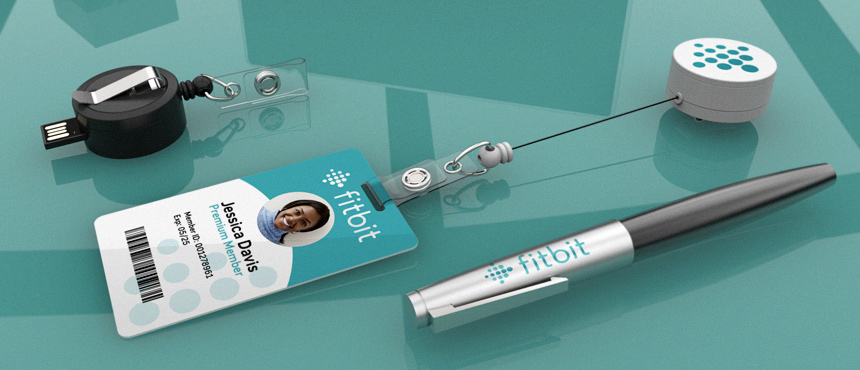How Long Do Flash Drives Last?
 How long do flash drives last? The shortest answer is 10+ years, but even if you’ve owned a flash drive for 10 years, it may last longer or shorter than you think – depending mostly on how you use and keep it. Many people use flash drives for one of two purposes: transferring files from one location to another, or storing files as backup.
How long do flash drives last? The shortest answer is 10+ years, but even if you’ve owned a flash drive for 10 years, it may last longer or shorter than you think – depending mostly on how you use and keep it. Many people use flash drives for one of two purposes: transferring files from one location to another, or storing files as backup.
The lifespan of a flash drive is dependent on which purpose you’re using it for, how often you’re using it, and the flash drive itself. Read on to learn about how flash drives work and to understand how to best use your USB drive.
Flash drives have retained their usefulness throughout the years, even with technology moving forward to smaller external hard drives and online cloud storage. There is simply no better way to have such a portable storage device as easy to carry and use as a flash drive. If you’re not using flash drives, you should – this article explains why flash drives are as valuable as ever, how long they last, and how to best extend their use.
 What Is A Flash Drive? What Can You Do With A Flash Drive?
What Is A Flash Drive? What Can You Do With A Flash Drive?
Oxford Dictionary defines a flash drive as “a small electronic device containing flash memory that is used for storing data or transferring it to or from a computer, digital camera, etc.”
More specifically, flash drives use a USB Type-A plug that is included in the drive. The way they work is comparable to SSDs (Solid State Drives), which also use flash memory and do not include movable spinning disks or read-write heads, making them more shock-resistant. However, SSDs aren’t portable, and they are not suitable for storing data for long periods of time because they wear out.
Flash drives are superior to hard disk (HD) storage and optical storage devices (like CDs and DVDs) because they have more portability and durability due to their stable parts and long-term storage capacity (if used correctly).
 Here are some things you can do with a flash drive:
Here are some things you can do with a flash drive:
- Transfer files from one computer or device to another;
- Store files as you would on an external HD or cloud storage, like photos, videos and other important documents for longer-term periods (if using a dedicated USB for this – and this should be a secondary backup, in addition to an external HD and cloud storage);
- Go paperless and give employees, students and clients files and paperwork via USB to read, keep and/or sign;
- Complete projects for others easily by exchanging a flash drive with the incomplete, and then completed, project;
- Use for primary or secondary storage for presentations;
- Transfer files to print in a different location;
- Using for major personal events to share memories with guests;
- Promotional giveaway for a business or event, even making 100% custom-shaped USBs for the ultimate way to get people noticing the drive.
 How To Use A Flash Drive: The Basics
How To Use A Flash Drive: The Basics
When you have any kind of computer, using a flash drive is relatively easy, but there are a few things to remember to keep the USB in tip-top shape and prevent damage to the drive.
- Insert the drive into the computer’s USB port.
- Make sure the cap is off your flash drive, or the spin feature is turned around first.
- Your computer may install software for the drive if applicable; if not, simply wait for the device to be recognized.
- Open the file where the drive is recognized in the files area (e.g., “Finder” on Mac or “Files” on PC, then navigate to the specific area for the USB).
- Open files on the drive, or drag and drop from a second file folder to move files back and forth from the drive.
- When you’re ready to remove the drive, make sure any open files on the drive are closed. Then, right-click on the icon on PC and select “eject”, or drag the icon for the drive to the trash/eject on a Mac. Wait for it to notify you that it is ejected before physically removing the drive to avoid damage.
 How Long Does A Flash Drive Last And Retain Its Data?
How Long Does A Flash Drive Last And Retain Its Data?
Unlike most other storage devices and tech, flash drives can last as long as you want them to! The number of times you write and erase files from the drive will shorten its lifespan because it wears down the metal contacts in the drive’s makeup. If you store files once on the drive and put it away, the files will not get damaged as long as the drive doesn’t suffer physical damage and is stored properly.
The quality of the flash drive’s memory technology (Single Level Cell or Multi-Level Cell) that was used in production will determine the number of write/erase/rewrite cycles it can withstand before it wears out. That number ranges from 10,000-100,000 cycles.
So, whether or not you have the highest quality flash drive, you will still get years and years of usage from it. And, because flash drives are available in abundance, people usually have more than one anyway.
For instance, the reason flash drives make fantastic promotional items is because they will gain 700+ impressions in their “lifetime”, which is only a year or two, according to the ASI study. But flash drives last way longer than that, so these impressions can increase if people keep using the drives or give them away to someone else.
 How To Keep Your Flash Drive Fully Functional
How To Keep Your Flash Drive Fully Functional
Here are some tips to extend the life of your flash drive, because while the write and erase cycles are the primary factor in determining lifespan, the secondary factor is how you care for it to avoid damage to the physical drive:
- Keep flash drives at room temperature and avoid extreme heat or cold;
- Keep it dry and away from water – even though memory can usually be recovered, it may not be possible depending on the level of damage;
- Keep the drive protected from shock and physical pressure caused by dropping, slamming into other objects, or having too much weight on it by keeping it in a pouch or container. To help avoid this, opt for USB lanyard, badge reel, bracelet, or business cards for safer storage and transport.
- Keep dust out of the drive. Make sure the cap is always on or that you have it in a clean case, and don’t touch the contact point of the drive with your fingers.
- Don’t leave flash drives plugged in for long periods of time. When editing files from a flash drive, move them to your computer first. If you edit files directly from the flash drive, they could be damaged. The drive can overheat from being plugged in too long. If you have to leave your computer, go ahead and remove the flash drive until later. When you leave it plugged in, it lets the OS (operating system) of your computer continue to write to the drive, which also wears out the number of cycles.
- Remove the drive carefully from your computer, only once properly ejected. This is for a couple of reasons: the connection established with the computer must be properly ended to avoid damage to the tech, and also if you rip out the drive too fast, it can cause physical damage by loosening some of the components of the physical drive.
- Make sure to use virus remover on your flash drives, especially if you’re using it on a lot of other computers, because it can transfer viruses to computers.
- Don’t ever defrag your flash drive, because this is both unnecessary and will damage the drive.
- If you see sparks when connecting to a computer, that means there could be damage and you need to get the drive looked at and fixed by a professional.
 Conclusion
Conclusion
So, how long do flash drives last? The best answer is that it depends on the number of write/erase cycles, and that any flash drive can take 10,000-100,000 cycles before they wear out. The additional things that determine the life of a flash drive are how the flash drives are taken care of and what components it was made with. If you use the USB primarily for storage and keep it in a safe place, it can last indefinitely (10+ years), though it is still a good idea to have another backup. If you use the drive for its main purpose, which is transferring files, it will still take many years to use up the cycles. The drive just needs to be properly used and cared for.
If you’re going to use flash drives for your next event or giveaway (and you should), another thing to consider is custom packaging to make them even more memorable. CustomUSB’s products are all built in the USA and include a lifetime warranty. Our packaging is made with sustainable practices. You can get all of our products with no minimum, quick turnaround and easy delivery. We also have a design team ready to help with customization if needed – because you can have total control of design. Feel free to test out a design using the “Customize Now” button to see how it looks!